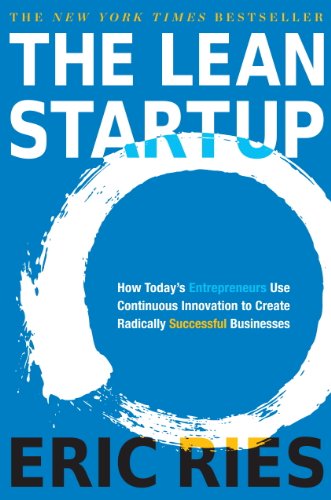

This article is an excerpt from the Shortform summary of "The Lean Startup" by Eric Ries. Shortform has the world's best summaries of books you should be reading.
Like this article? Sign up for a free trial here .
What is a landing page MVP? How do you build one, and how do you use it to test your key lean startup assumptions? Learn all about landing page MVP’s here, directly from the pages of Lean Startup, with modern advice included.
Intro to the Landing Page MVP
The critical question you need to answer is for your business: what is the MINIMUM product you can build to get reliable data on your hypothesis?
This product is termed the Minimum Viable Product (MVP) and is one of the most important concepts in Lean Startup. This is the product that is the bare minimum to test your hypothesis. Unlike normal product development, you are NOT aiming for product perfection – you’re merely trying to start learning as soon as possible.
The value hypothesis is key to most startups – “does anyone want what we’re building?” The typical wrong route many entrepreneurs make is to simply build their full product, then wait for results. Here’s the problem – every extra feature you add before testing means wasted time. You might be pointed entirely in the wrong direction. Building features nobody wants means more wasted time before you test and find out you’re in the wrong direction.
What is the Landing Page MVP?
Let’s say you wanted to build a new social app where you take a picture of yourself, and the app swaps your face with celebrities. You can then share the hilarious results on social media. We’re going to call this company CelebrityFaceSwap (we’ll use this example throughout this summary).
You have some assumptions around conversion rates to make the app sustainable – out of 100 people who visit your site, 20 people might sign up, 10 people will stick around for a week, and so on.
Let’s focus on the hypothesis of the 20% sign up rate (20 signups out of 100 visitors). What is the MVP in this situation? Think about it for a sec.
A common answer might be: “a simple prototype that’s light in features – instead of all celebrities, you can only swap faces with Kanye West. And you can only post to one social network, Facebook. We’ll market it and track conversion rate for users who land on our page.”
But you can go simpler.
You actually don’t even need to have a working, functional app.
Here’s how. Picture a web landing page that describes the features of your face swapping app. You show mockups of what it looks like when your face is on Kim Kardashian’s body, or when Donald Trump’s face is on your body. At the bottom of the page, you have a Download button. You track clicks on this Download button.
That’s all you need. You can test your hypothesis without an app at all. If you funnel in 100 users (say by posting on Reddit or Product Hunt or buying ads to your landing page), you can see how many people enter the landing page MVP, and how many people click the button. You can tell very quickly whether you’re far off from the 20% hypothesis.
If your idea is a hit, you might get great results – say, a 40% click rate for your landing page MVP. This gives you confidence to move forward.
But it might also turn out to be 1%. In this case, a critical assumption you had about your business falls through. If 99% of people don’t even bother to click Download on your landing page MVP, chances are that people don’t want what you’re building.
And you were able to figure this out without actually building an app! All it took was a landing page MVP.
If this is a new concept to you, it should be mind-blowing right now. To test whether customers actually want your product, you don’t always need the product.
———End of Preview———

Like what you just read? Read the rest of the world's best summary of "The Lean Startup" at Shortform . Learn the book's critical concepts in 20 minutes or less .
Here's what you'll find in our full The Lean Startup summary :
- How to create a winning Minimum Viable Product
- How to understand how your startup will grow
- The critical metrics you need to track to make sure your startup is thriving






